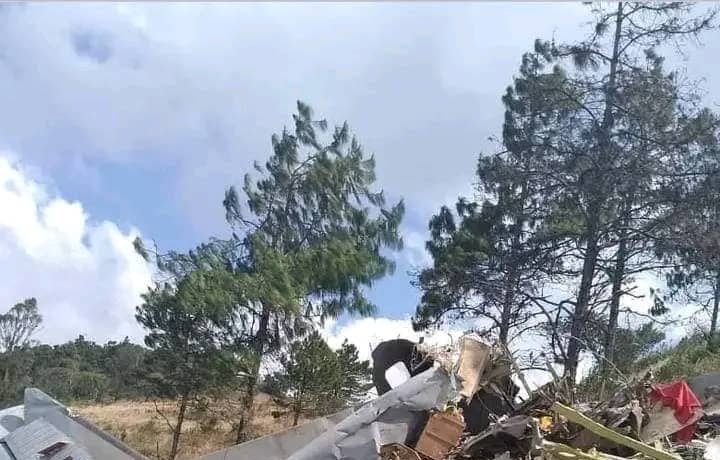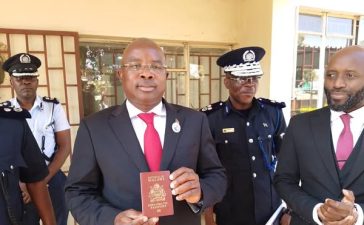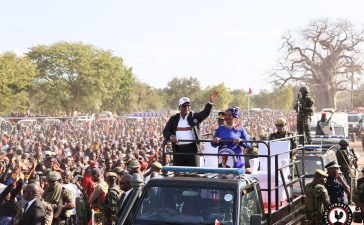In a collective effort to uncover the truth, three independent investigations have converged on a singular conclusion: the devastating accident was primarily caused by severe weather conditions, leading to catastrophic injuries on impact.
Autopsy Findings: Grim Details of Fatal Injuries
An autopsy conducted by pathologist Dr. Steve Kamiza on behalf of the Chilima family presented distressing findings. The report disclosed that Dr. Chilima succumbed to extensive and life-threatening injuries. Specifically, he experienced severe blunt force trauma to his chest, resulting in fractured ribs, a ruptured heart, and a severed ascending aorta.
Other significant injuries included bilateral avulsion injuries to both lower legs, including extensive muscle and soft tissue damage as well as comminuted fractures of the arms and legs.
Dr. Kamiza emphasized that the mechanism of death was due to high-velocity blunt force trauma, which caused massive internal bleeding, leading to immediate circulatory collapse and instant death.
German BFU Report: Attributing the Crash to Bad Weather
A preliminary investigation by the German Federal Bureau of Aircraft Accident Investigation (BFU), released on August 30, 2024, corroborated the impact of adverse weather conditions. The report established that heavy clouds and turbulence caused a loss of control of the Malawi Defence Force (MDF) aircraft.
Crucially, the BFU found no evidence of foul play or technical malfunctions, confirming that the aircraft was in satisfactory working order at the time of the disaster. It concluded that the severe weather directly contributed to the crash, which was so violent that survival was impossible for any of the onboard passengers.
Commission of Inquiry: Conclusion of Accident, Not Malice
The Commission of Inquiry, led by Justice Jabbar Alide, echoed the findings of both the autopsy and BFU reports. Their investigation reaffirmed that the crash was an unfortunate accident triggered primarily by adverse weather conditions. They reported that the aircraft had logged only 3,000 flying hours, and no technical issues were found.
The commission observed that one passenger was still clutching a personal item when the wreckage was discovered, suggesting that all victims likely perished immediately upon impact, further supporting the findings that death was instantaneous.
While the commission raised concerns about the procurement process for the aircraft, indicating that the request did not adhere to established protocols, these issues were deemed unrelated to the crash circumstances.
A Unified Conclusion: Bad Weather and Impact Severity
These three independent reports create a unified narrative regarding the catastrophe. They collectively confirm that severe weather, specifically heavy clouds and turbulence, was instrumental in the crash and that the impact was so intense that it resulted in immediate fatalities for all nine victims onboard.
The combined analyses underscore the catastrophic nature of the event and the interplay of environmental conditions that claimed the lives of Dr. Chilima and his companions.













